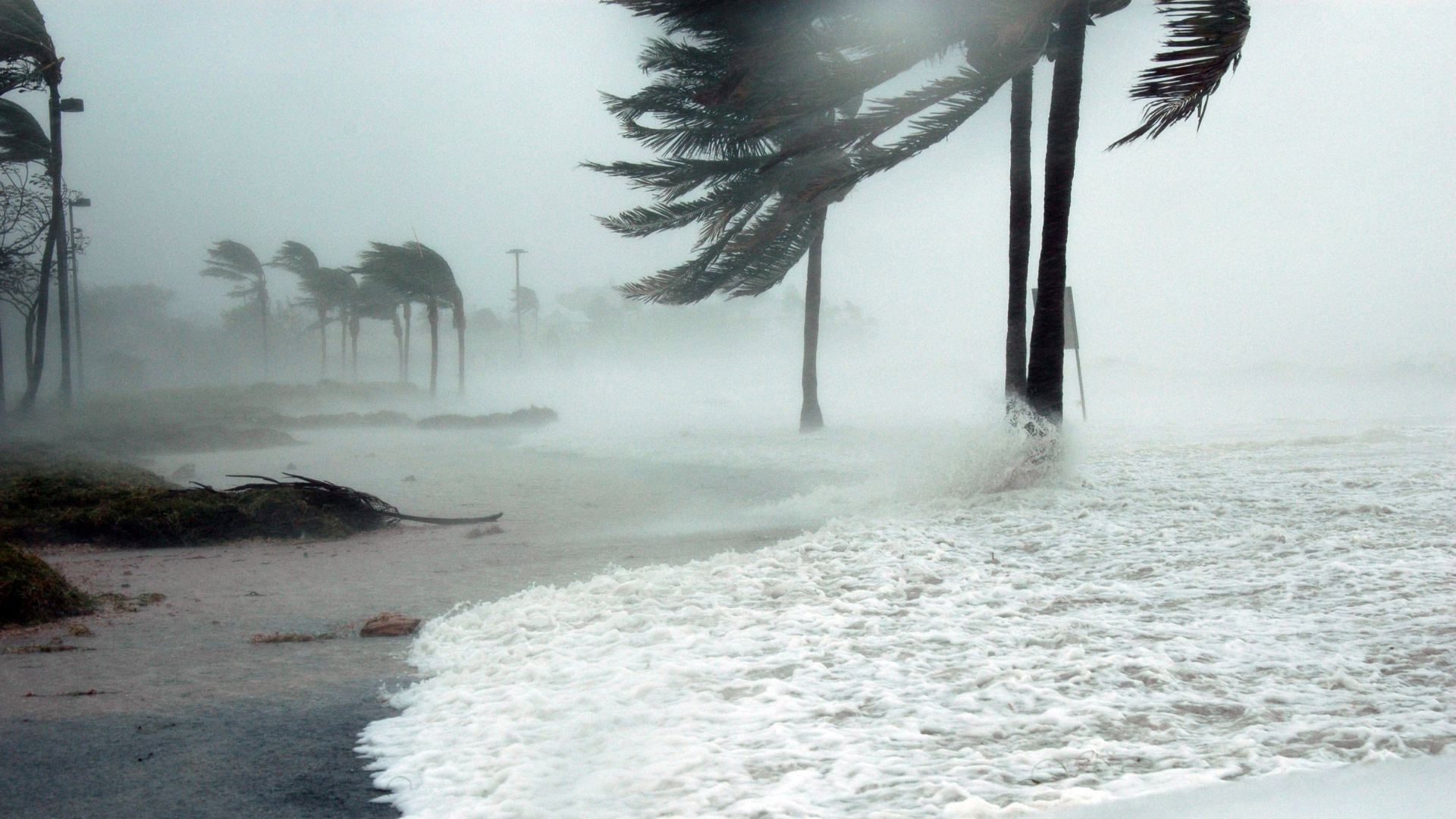Storm surges are powerful, fast-moving currents of ocean water that are most often associated with strong winds and heavy rain. They usually occur during major hurricanes or extra-tropical cyclones. This article will explore the science behind why and how storm surges happen and have an overview of what to do if you were caught in one!
Definition of Storm Surge
A storm surge is a large wave of water that is pushed towards the shore by a storm. This surge can cause extensive damage to coastal areas. Storm surge is exacerbated by high winds and low pressure.
When a hurricane or other severe storm approaches, it can cause the water to pile up in front of the storm. This surge of water can cause flooding and damage to coastal areas.
The Science of the Formation of the Storm Surge
When a hurricane forms over the ocean, the water is calm. But as the hurricane gets closer to land, the water starts to rise. This is because the wind pushes the water towards the shore.
The water can rise to 20 feet high! This is called the storm surge. The storm surge is the most dangerous part of a hurricane. It can cause a lot of damage to homes and buildings.
Factors Causing Storm Surge
Storm surge is caused by a number of factors, the most important of which is the wind. Storm surge is simply the amount of water that is pushed toward the shore by the wind. The stronger the wind, the higher the storm surge.
In addition to the wind, the size and shape of the coastline can also affect storm surges. A long, straight coastline will see a higher storm surge than a coastline with many curves and indentations. Finally, the tides can also contribute to storm surges. If a storm surge occurs during high tide, the water will have nowhere to go but onto the land.
Effects of Storm Surge
A storm surge is an abnormal rise of water above the normal tide, resulting from the low pressure in a storm. Storm surges can travel several miles inland and cause extensive damage to coastal areas. Sometimes these surges are not severe and may cause only minimal damage to homes, especially ones that are far from the coastline. This can be repaired easily enough by employing contractors and Roofers In Philadelphia or wherever the home is located. Those who suffer such storms should be considered relatively lucky.
Conversely, storm surge flooding emerges as a significant threat during hurricanes and tropical storms, posing potential harm to homes, businesses, and vital infrastructure. The inundation has the capacity to inflict damage on roofs, structures, and electrical systems. Mitigating these impacts may involve engaging with specialized professionals such as roofing experts, home structural specialists, and electricians, such as those available at https://calibreconnect.com.au/emergency-electrician-sydney/, who can contribute their skills and knowledge in addressing and repairing damages caused by storm surge flooding.
Put simply, the damage can often be extensive and devastating. It cannot be handled by common folks. Only the experts from a reputed restoration service can salvage the building or structure affected. Storm surges can also cause waves to crash onto the shore, which can lead to serious injuries and fatalities.
What to Prepare Before the Surge
Before a natural disaster strikes, it’s important to be as prepared as possible. This means having a plan in place and knowing what to do in case of an emergency.
Some things to do before a natural disaster hits include:
- research the type of disaster that is most likely to occur in your area
- have a plan in place for how you will evacuate and where you will go
- gather supplies such as food, water, and first aid kits
- charge all of your electronics in case you lose power
- make sure your insurance is up to date
By being prepared ahead of time, you can help minimize the impact of a natural disaster on yourself and your family.
Why is a Storm Surge So Dangerous?
A storm surge is a large volume of water that is pushed toward the shore by the force of a hurricane or tropical storm. Storm surges can reach heights of 20 feet or more and can span hundreds of miles. The devastation caused by a storm surge is largely due to the storm surge itself and the waves it produces.
Storm surges can cause extensive flooding and damage to coastal homes, as well as buildings in inland areas if the surge pushes far enough inland. This damage then requires extensive repairs from the likes of Protegrity Restoration or experts from a similar service. This is often the best-case scenario. Storm surges can also end up completely destroying infrastructure, homes, and businesses.
In addition to the damage caused by the surge itself, storm surge can also lead to other hazards such as fires, chemical spills, and flooding from rivers and lakes.
Can a Storm Surge Wipe Out a Whole Island?
A storm surge can wipe an entire island clean. In the past, this has happened with great frequency. Islands are natural barriers to storm surges, but they are not impervious to them.
When a storm surge grows large and powerful enough, it can overwhelm an island, destroying everything in its path. This can happen due to a number of factors, such as a hurricane’s size, intensity, and duration.
Whenever a storm surge is going to happen, make sure that you know what the risks are. Storm surge is the rise in water levels caused by a storm. It’s important to be aware of what to expect when a hurricane is headed your way so that you can take appropriate precautions. Simply follow the tips mentioned above to cope with the surge.
